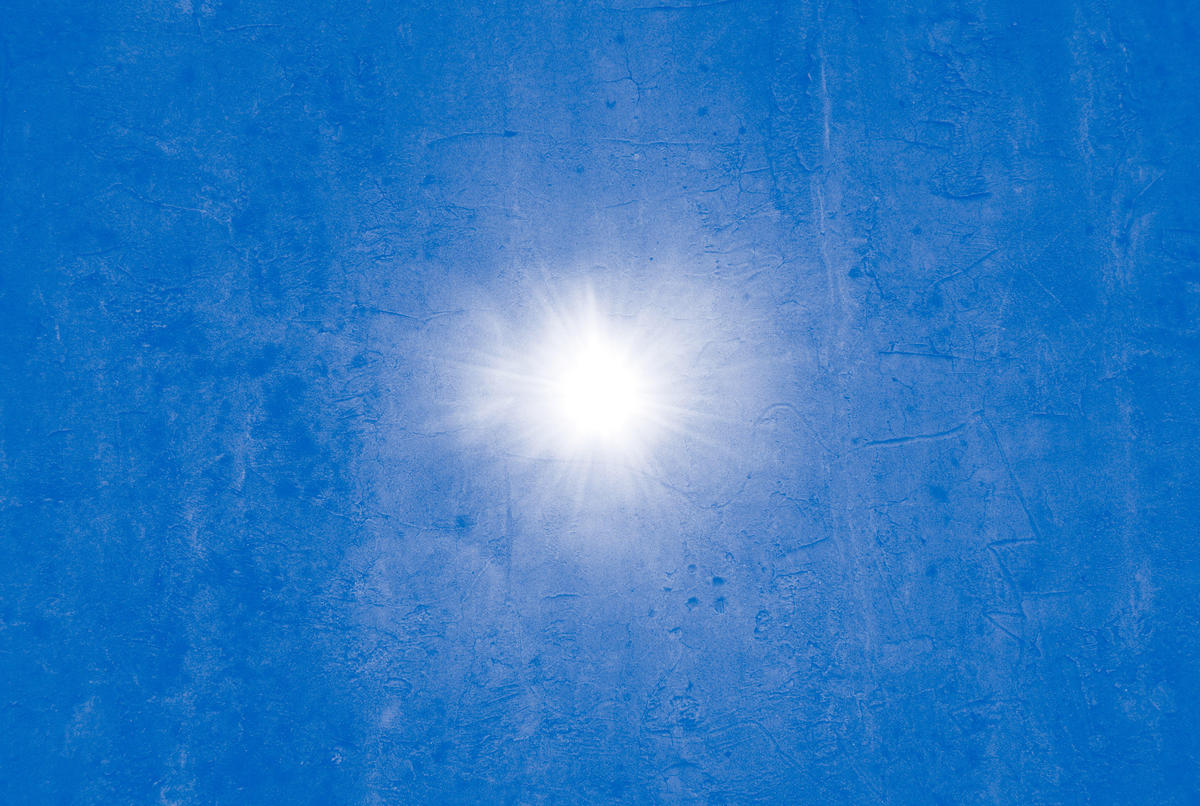
New York
Karthik Pandian: Unearth
Whitney Museum of American Art
December 5, 2010–March 27, 2011
To call the prevalence of 16 mm film projection (and 35 mm in some instances) a “phenomenon” in contemporary art borders on the hyperbolical. And yet, it is everywhere. The use of 16 mm in an art context has a long history, but within the last ten years, it has had a palpable resurgence, a development on a parallel, though seemingly different trajectory to those artists who use the latest digital technologies. To cite a few standout examples, Mathias Poledna, Tacita Dean, T. J. Wilcox, and Sharon Lockhart all employ analog looping projection as installation strategies in contemplative ways. When almost all of the commercial movie theaters have decommissioned their analog projection systems with digital replacements — a transformation that happened within the last five years — museums and galleries have emerged as among the rarer places where filmic projection can be experienced. Perhaps this return to analog film points to a desire for abstraction, or abstracting, stemming from an aversion to the pervasive digitization and high-def of contemporary image culture. Is this a desire with a sentimental yearning? Or is it a desire to go against our lived technological reality, rooted in a constant striving for maximum resolution, excavating the still-available potentialities of mediums and processes waning in obsolescence?
In contrast to the standard bustle of the Whitney lobby this past fall, the darkened mezzanine gallery of Karthik Pandian’s first solo museum exhibition, ‘Unearth,’ became a peculiar vault-like chamber that beckoned with the familiar whirring sounds of 16 mm projectors, interlaced with occasional sounds of cannons and fireworks playing through speakers. It took a moment to navigate the labyrinthine arrangement and locate the origins of the projected images pointing in east-west directions, emanating from a row of five totemic pillars arranged in a true north-south axis. The line of pillars bisected the rectangular space into two scalene triangles, encouraging a meandering through and around the columns that recalled the manner in which one might move through a site of ruins.
The works in this installation were made in response to research trips Los Angeles–based Pandian took over the course of two years to Cahokia, a historic, pre-Columbian city outside and in part buried beneath East St. Louis that thrived from 600 to 1300 CE. The remnants of this civilization today consist of eighty immense, pyramidical monumental mounds. The three pillars flanking the projection pillars in the installation are made of a “rammed-earth” process derived from a Cahokian building technique, the earthen exterior revealing the stratum of buried shells, magenta twine (a common tool of archeologists), and filmstrips.
Processional movements through the architectural and projected elements in the installation sparked a spatial and metaphoric connection with the Cahokian landmark, the gallery site a surrogate for the site of origin. Of course, Robert Smithson’s spectral presence in this exhibition is difficult to ignore. Pandian’s preoccupation with monuments, ruins, and historical sites echoed Smithson’s familiar fascination with sites of ruin, from the derelict town of Passaic, New Jersey, to the entropic Hotel Palenque in Mexico. The dialectical relationship Smithson continually mapped out in his site/non-site works looms heavily in Pandian’s exhibition. Smithson speculated in his 1968 text A Provisional Theory on Non-Sites, “Everything between the two sites could become physical metaphorical material devoid of natural meanings and realistic assumptions. Let us say that one goes on a fictitious trip if one decides to go to the site of the Non-site.”
The two filmic projections in the Whitney installation go further to reveal this diametrical connection, taking viewers on a mediated and imagined journey between the two sites by showing footage of dealers hawking arrowheads and various “found” Cahokian artifacts. These projected sequences were set in opposition to those of artisans peddling their Cahokia-inspired artworks, activities that point to another preoccupation of Smithson’s: entropy. If the unidirectional forces of entropy sway all things toward an eventual equilibrium, archeological endeavors (amateur or academic) seem to slow down this process, suspending the gradual and inescapable breakdown of matter in general by preserving and extending the life span of discarded and no longer useful things.
Perhaps the entropic forces affecting all things apply to technological processes as well. One can imagine mechanical vision (and the recording and presenting of this vision) reaching an eventual event-horizon, ultimately replicating in exactitude the sensations and experiences of our own biological eyes. It is the usurping of these slowly outmoded processes (like analog film) that counters the entropic forces, once again unearthing their as yet exhausted possibilities. In this way, Pandian’s work manages to evoke the question of whether art is or can be a force against entropy, and whether its oppositional force is a constructive one.